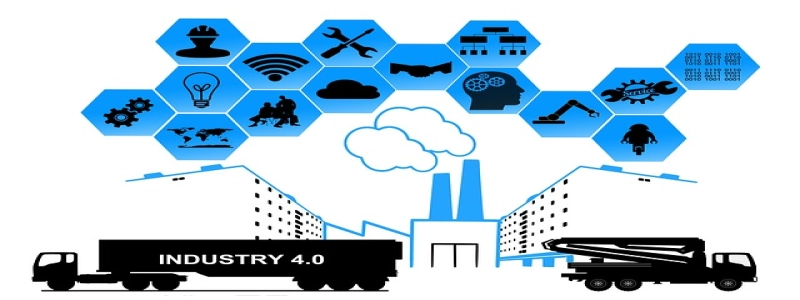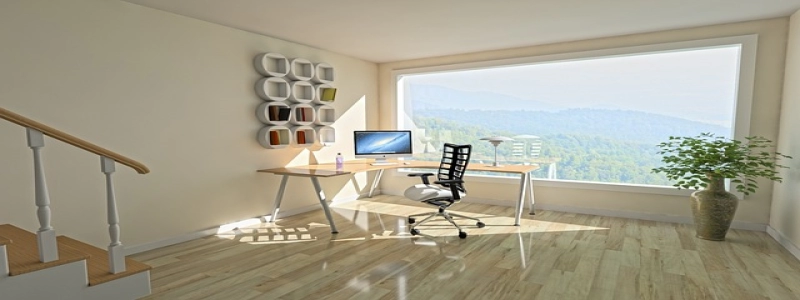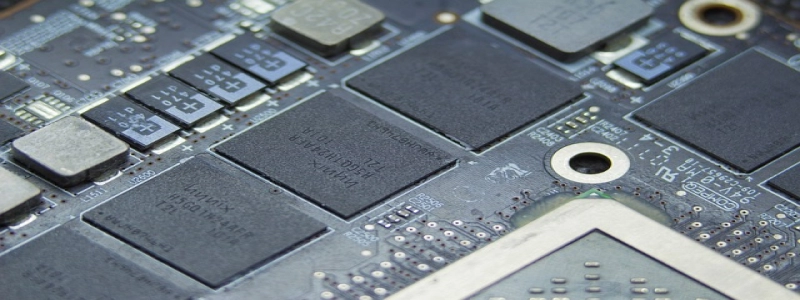Flat Fiber Optic Cable
Introduction:
Fiber optic cables play a vital role in modern communication systems. They are widely used for transmitting data, voice, and video signals over long distances. One type of fiber optic cable that has gained popularity is the flat fiber optic cable. In this article, we will explore the features and benefits of flat fiber optic cables.
I. What is a flat fiber optic cable?
A. Definition and structure:
– A flat fiber optic cable is a cable with a flat (rather than round) shape.
– It consists of multiple optical fibers enclosed in a flat ribbon-like structure.
– Each fiber is coated with a protective layer and arranged in a parallel configuration.
B. Types of flat fiber optic cables:
– Single-mode flat fiber optic cables: designed for long-distance transmissions with a single light mode.
– Multi-mode flat fiber optic cables: used for shorter distances and support multiple light modes.
II. Advantages of flat fiber optic cables:
A. Space-saving design:
– The flat shape of these cables allows for easier installation in confined spaces, such as ducts or wall cavities.
– They take up less space compared to traditional round fiber optic cables, making them ideal for high-density installations.
B. Flexibility and bend tolerance:
– Flat fiber optic cables offer superior flexibility, enabling easier routing and installation around corners, bends, and tight spaces.
– They have a high bend tolerance, ensuring optimal performance even when subjected to tight bends or twists.
C. High data transmission capacity:
– Flat fiber optic cables can support high data transmission rates, making them suitable for applications that require large bandwidth, such as video streaming or data centers.
D. Enhanced durability and protection:
– The protective coating on each fiber in the flat cable provides excellent resistance to external factors, including moisture, dust, and temperature variations.
– This enhanced durability helps maintain signal integrity and reduces the risk of signal loss, providing reliable performance in diverse environments.
III. Applications of flat fiber optic cables:
A. Telecommunications:
– Flat fiber optic cables are extensively used in telecommunications networks for transmitting voice, data, and video signals over long distances.
– They are also employed in high-speed internet connections, telephone networks, and cable television networks.
B. Local area networks:
– Flat fiber optic cables offer efficient data transmission in local area networks (LANs) within office buildings or campuses.
– They ensure high-speed and reliable connectivity for computer networks and facilitate seamless communication between devices.
C. Industrial and manufacturing:
– In industrial environments, flat fiber optic cables are used for control systems, factory automation, and Ethernet communications.
– Their durability and resistance to electromagnetic interference make them suitable for harsh industrial conditions.
Conclusion:
Flat fiber optic cables are revolutionizing the field of telecommunications and data transmission. Their unique design, space-saving capability, and superior performance make them an ideal choice for various applications. Whether it is for telecommunication networks, LANs, or industrial settings, flat fiber optic cables provide efficient and reliable connectivity across different environments.







